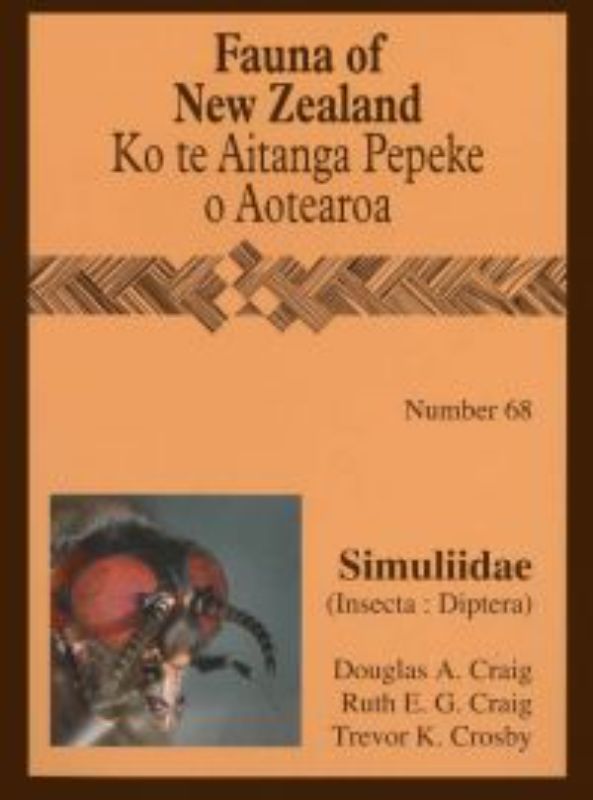SKU:
PR622984
FAUNA OF NZ 68 SIMULIIDAE
$95.95 AUD
Unit price
/
Unavailable
Explore the fascinating world of the FAUNA OF NZ 68 SIMULIIDAE, your ultimate guide to New Zealand's unique biodiversity. Authored by the esteemed Douglas Craig and published by Manaaki Whenua Press, this comprehensive paperback edition consists of 336 pages dedicated to understanding the notorious sandflies, known locally as 'te namu' or black flies. This must-have resource delves into the lives of 19 species of Austrosimulium, thriving in New Zealand's freshwater ecosystems.
Discover the distinct characteristics and ecological roles of these Simuliidae insects, recognized for their presence in running water habitats. Enhanced with 72 full-page color plates and over 540 detailed illustrations, this guide meticulously describes all life stages of these intriguing creatures—from larvae to adults—highlighting their behaviors and lifecycle intricacies.
While the bites of these infamous pests are a shared experience for many locals and tourists, it is crucial to understand that New Zealand simuliids do not transmit diseases, making this guide a valuable asset for entomologists, ecologists, and nature enthusiasts. Get insights into their feeding behaviors and their historical context within New Zealand’s wildlife. Rich in scientific detail and enriching visuals, the FAUNA OF NZ 68 SIMULIIDAE is essential for anyone wishing to explore the complex interactions within New Zealand's aquatic ecosystems.
Author: Douglas Craig Publisher: Manaaki Whenua Press Pages: 336 Publication Date: 04-03-2014 Keywords: black flies, sandflies, te namu, freshwater ecosystems, biodiversity, ecological roles.
Discover the distinct characteristics and ecological roles of these Simuliidae insects, recognized for their presence in running water habitats. Enhanced with 72 full-page color plates and over 540 detailed illustrations, this guide meticulously describes all life stages of these intriguing creatures—from larvae to adults—highlighting their behaviors and lifecycle intricacies.
While the bites of these infamous pests are a shared experience for many locals and tourists, it is crucial to understand that New Zealand simuliids do not transmit diseases, making this guide a valuable asset for entomologists, ecologists, and nature enthusiasts. Get insights into their feeding behaviors and their historical context within New Zealand’s wildlife. Rich in scientific detail and enriching visuals, the FAUNA OF NZ 68 SIMULIIDAE is essential for anyone wishing to explore the complex interactions within New Zealand's aquatic ecosystems.
Author: Douglas Craig Publisher: Manaaki Whenua Press Pages: 336 Publication Date: 04-03-2014 Keywords: black flies, sandflies, te namu, freshwater ecosystems, biodiversity, ecological roles.
Delivery Information
Delivery Information
Delivery takes 3-12 business days after dispatch from our fulfillment center, unless stated otherwise. In most cases, your order will arrive before the 12-day mark; however, some items may take up to the full 12 working days.
Payment & Security
Payment methods
Your payment information is processed securely. We do not store credit card details nor have access to your credit card information.


